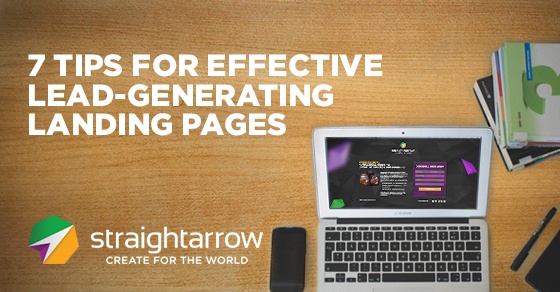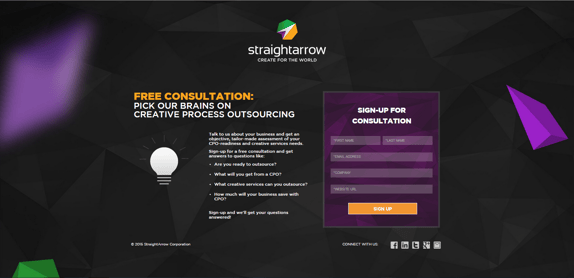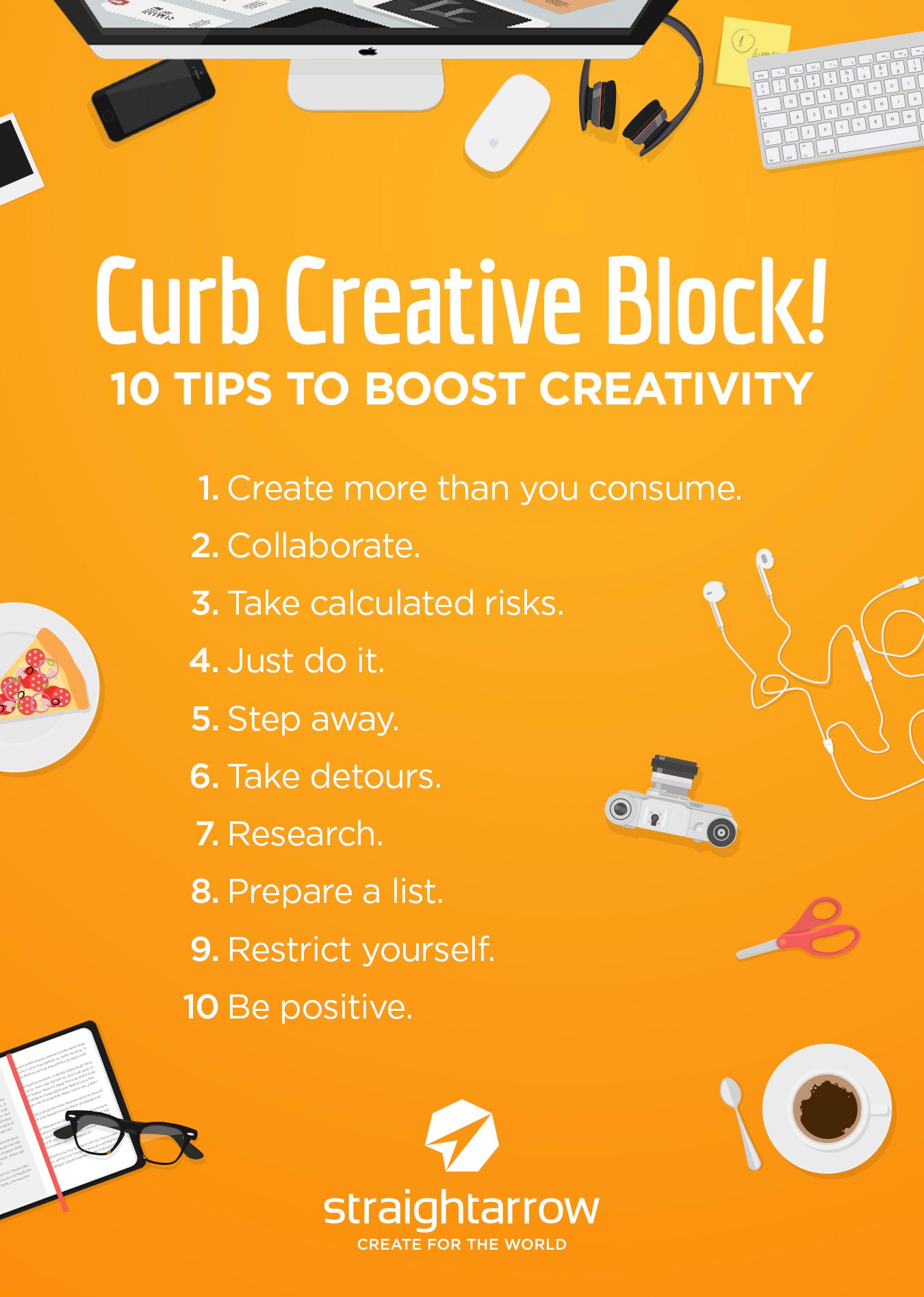
In inbound marketing, the landing page is the primary means of lead generation. Landing pages facilitate the exchange between your company’s valuable, educational offers and the contact information that your site visitors are willing to trade them for. In short, effective landing pages are quid pro quo kind of deals where your company offers up your knowledge in exchange for a chance to get closer to their audience.
Since the offers on landing pages are optional, site visitors can just as easily opt out in filling up the form. Therefore, aside from having an immensely irresistible offer, the entirety of the landing page must all lead to one thing: compel the audience to just fill it up.
Here are 7 tips you can implement for landing pages that effectively generate leads - the qualified kind, of course.
1. Give it to them straight.
Your headline for your company’s landing page should immediately let your audience know what you have to offer. Tell your audience what you want them to do with action words (Download, register, get, start, etc.). Don’t dawdle - keep your content short and easily digestible.
2. Make sure your logo is visible.
Make your company top-of-mind while site visitors are filling up your landing page. Your company’s logo should be prominently displayed to assure your audience that they are in good, reliable hands.
3. Visuals should lead, not distract.
Your visuals should not clutter the page and distract your audience. Use arrows and directional cues to point out the important points (like your call-to-action, or CTA) in your landing page. You can also use color contrasts to lead your site visitor’s eyes to key points.
4. Limit the navigation options out of the landing page.
Navigation options distract your audience from getting your offer by leading them elsewhere in your site. While important in other parts of your site, your landing page should help you generate qualified leads and not just site traffic.

5. Add social proof.
Social proof lets your audience see the kind of company you are through the eyes of other people. If possible, use social media to get testimonies from satisfied customers or pleased site visitors. Including a list of partner companies that you’ve worked with is also a good place to start.
6. Ask only for the information you really need.
Don’t ask for the minute personal details that don’t really matter for your business. Keep your forms short and ask only for the important details. To know what could work for your business, test it out and evaluate what works best for your company. Do you really need to have two fields for their names? Will giving their precise street address make it easier for you to help them? Make it easier for your audience to say yes to your offer.
7. Look legit.
Avoid looking like a phishing scam. Use security seals/certifications and let your site visitors know that their information is safe and secure. If possible, link your privacy policy. Even small things like layout and designs matter. And please, don’t use pop-ups.
Your landing page is the key hub in generating leads out of your site visitors. Without an effective landing page, your Inbound Marketing system misses out on a lot of potential customers and ends up with just site visitors.
Want to learn more about inbound marketing and how you could apply it to your business? Our team of creative process experts will sit down with you and give you an assessment of your business, free of charge.










Comments